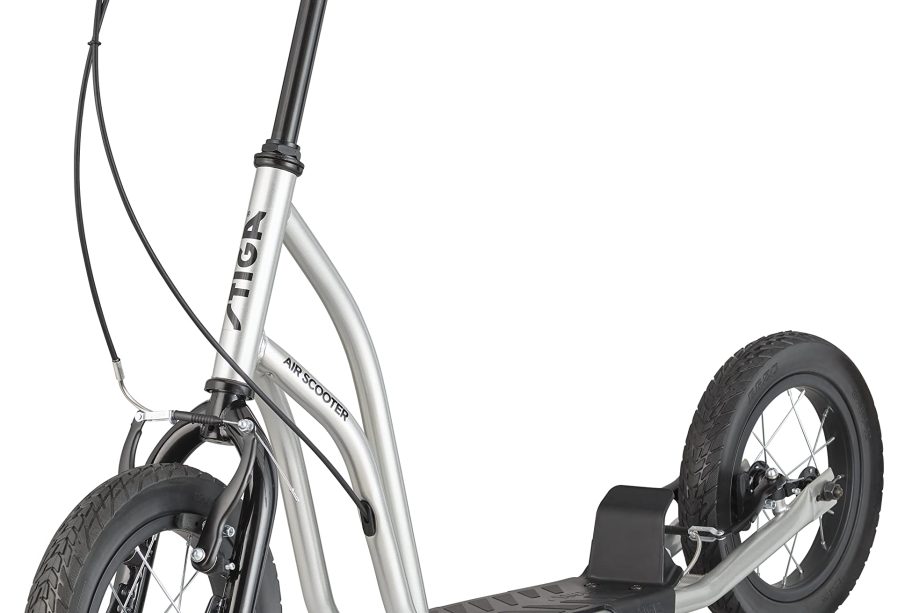Exploring the Potential of Air Scooters in Urban Transport

Introduction: What is an Air Scooter?
Air scooters, a new innovation in personal transport, are drawing significant attention as urban areas grapple with increasing traffic congestion and environmental concerns. These electric flying vehicles blend the convenience of traditional scooters with the advantages of vertical takeoff and landing (VTOL) technology. As cities worldwide strive to adopt greener transportation options, the emergence of air scooters is timely and critical.
Recent Developments in Air Scooter Technology
Recent advancements in aerodynamics and electric propulsion systems have prompted several tech companies to develop prototype air scooters. Notably, *AeroScoot*, a startup based in the UK, recently unveiled their first model, which is capable of carrying one passenger over a distance of up to 20 miles on a single charge. Meanwhile, *Urban Air Mobility* has also been piloting air shuttle services using small electric air taxis in city centres, underscoring the potential of this technology.
Regulatory Challenges and Public Perception
Despite the promising technology, air scooters face significant regulatory hurdles. Authorities in the EU and the UK are evaluating safety standards and airspace regulations that will govern their operation. For instance, the Civil Aviation Authority (CAA) is currently drafting guidelines to ensure the safe integration of air scooters into existing air traffic systems.
Public perception remains divided as well. While some view air scooters as the future of commuting, others express concerns regarding noise pollution and potential safety risks. A recent survey indicated that 60% of urban residents support the idea of air scooters, provided that proper regulations are put in place. This sentiment highlights the need for thorough public engagement as developments progress.
Environmental Impact and Future Prospects
Air scooters could substantially alleviate environmental issues associated with urban traffic. With electric-powered engines, these vehicles promise reduced emissions compared to traditional petrol and diesel vehicles. Moreover, they could significantly decrease travel times in congested areas by utilising vertical airspace.
As technology continues to improve, the air scooter market is expected to grow rapidly. Leading manufacturers are projecting that air scooters could be commercially available by 2025. However, the timeline heavily depends on advancements in battery capacity, regulatory frameworks, and public acceptance.
Conclusion: The Significance of Air Scooters
In conclusion, air scooters represent a transformative shift in urban transport, combining advanced technology with the urgent need for sustainable solutions. While many challenges lie ahead, the momentum behind air scooter development suggests a potential revolution in how we navigate our cities. The coming years will be crucial in defining their role in shaping the future of commuting.





